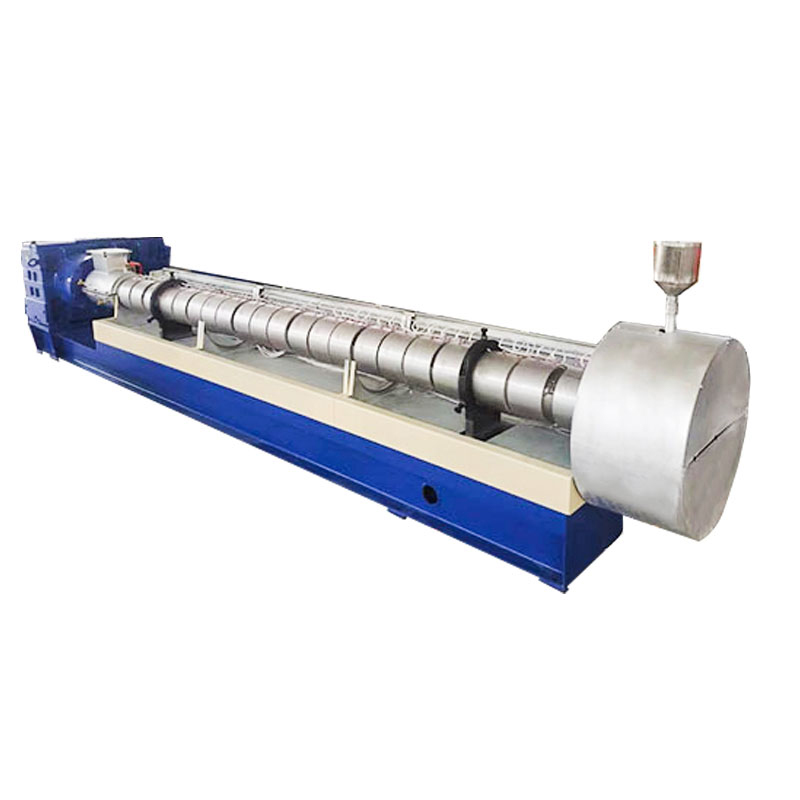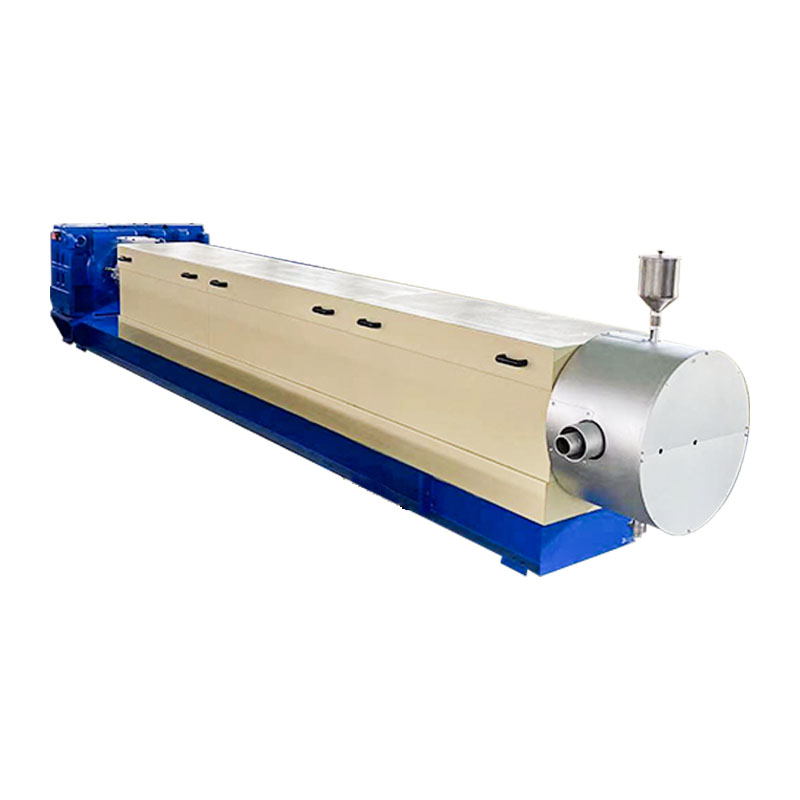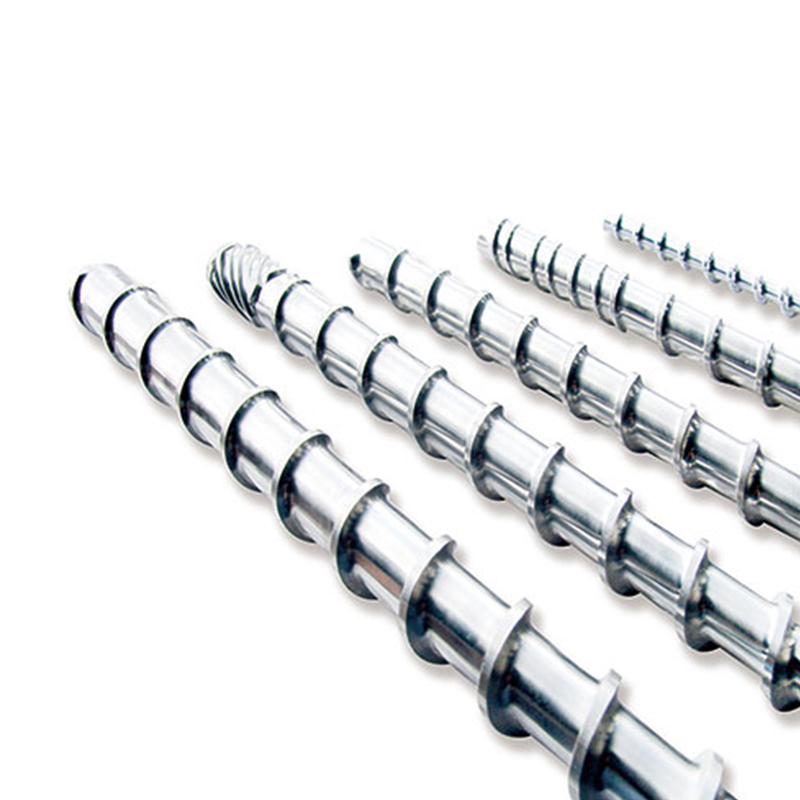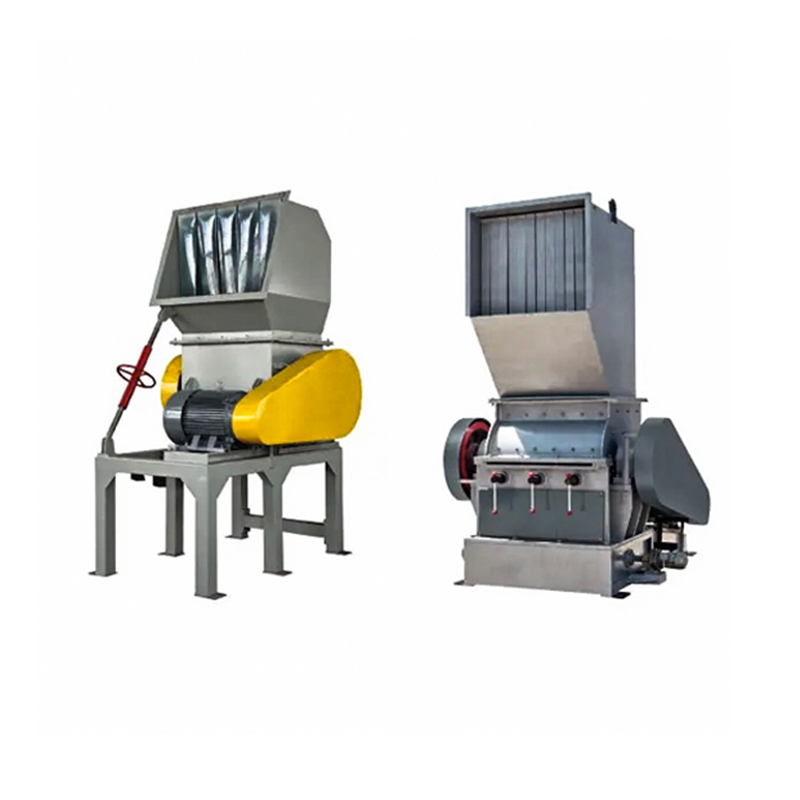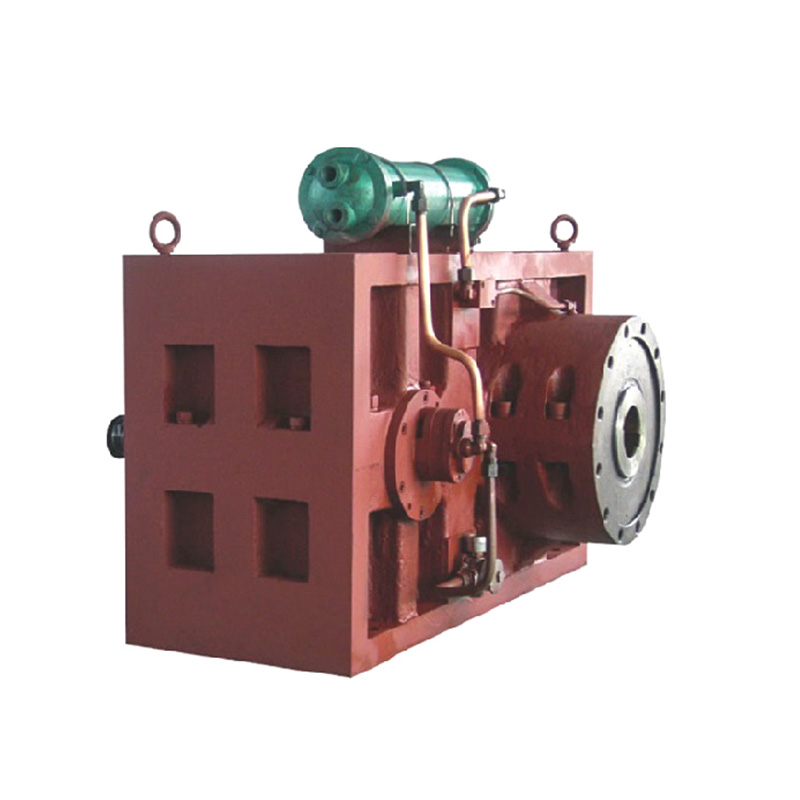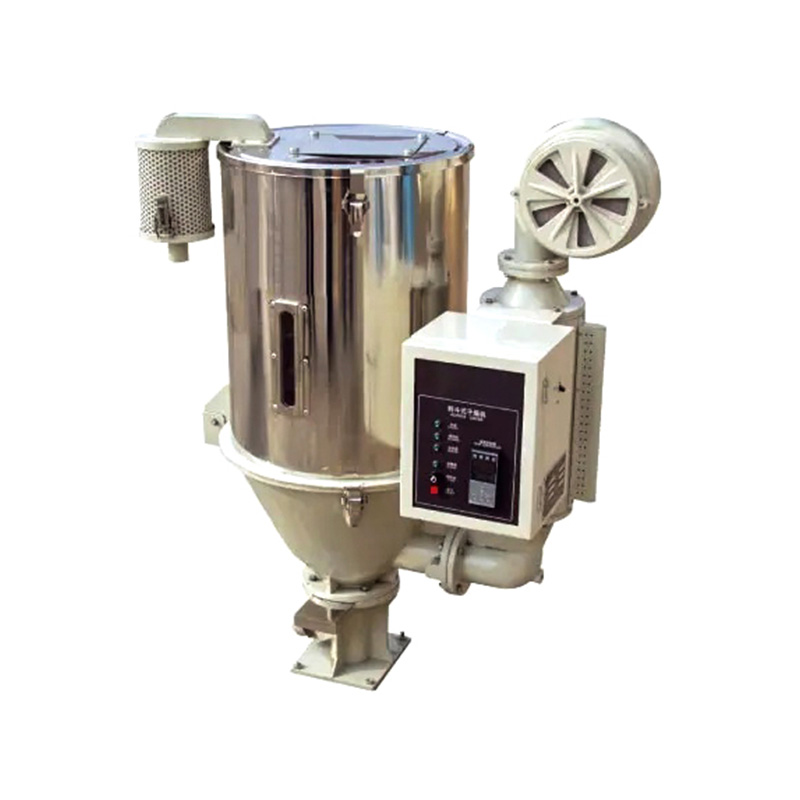In the plastic processing industry, the application of high-precision extruders (Extrusion Machine) is becoming more and more widespread, especially in fields with extremely high requirements for product quality and performance, such as medical, electronics, and automobiles. As the core components of the extruder, the precision control of the screw and barrel (Screw Barrel For Extrusion Machine) is directly related to the quality and production efficiency of the extruded products. This article will explore the difficulties in the precision control of the screw and barrel under the demand for high-precision extrusion, and propose corresponding solutions.
1. Difficulties in precision control
1. Material selection and processing difficulty
The material selection of screws and barrels is crucial to precision control. Although traditional materials such as 38CrMoAlA and 42CrMo have good mechanical properties and wear resistance, they still face challenges in high-precision processing. These materials are prone to deformation during heat treatment, cutting, etc., affecting the final precision. In addition, the performance differences between different batches of materials also increase the difficulty of processing.
2. Processing equipment and technology
The processing of high-precision extruder screws and barrels requires high-precision machine tools and advanced processing technology. However, the accuracy and stability of some machine tools on the market cannot meet the needs of high-precision processing, especially in the processing of screws with large aspect ratios and complex shapes, which are prone to dimensional deviations and shape errors.
3. Thermal deformation problem
During the extrusion process, the screw and barrel are subject to high temperature and high pressure, and are prone to thermal deformation. This deformation not only affects the normal operation of the extruder, but also reduces the accuracy and quality of the extruded product. In particular, the feeding section of the barrel is often water-cooled, and the heat transfer causes uneven temperatures in adjacent barrel sections, further exacerbating the problem of thermal deformation.
4. Assembly and debugging
The assembly accuracy of the screw and barrel is also a key factor affecting the overall accuracy of the extruder. During the assembly process, if the matching clearance between the components is too large or too small, it will cause the extruder to run unstably and affect the product accuracy. In addition, the precise control of parameters such as temperature, pressure, and speed during the debugging process is also a major difficulty.
2. Solutions
1. Optimize material selection and heat treatment process
For the problems of material selection and processing difficulty, higher performance materials such as nickel-based alloys and stainless steel can be selected. These materials have better high temperature resistance and wear resistance. At the same time, optimize the heat treatment process and adopt advanced technologies such as vacuum heat treatment and high-frequency quenching to reduce material deformation and improve processing accuracy.
2. Introduce high-precision processing equipment and processes
Introduce high-precision CNC machine tools and advanced processing technologies, such as five-axis linkage processing and laser cutting, to improve processing accuracy and efficiency. At the same time, strengthen the maintenance and maintenance of machine tools to ensure the stability and accuracy of machine tools.
3. Strengthen thermal management
For the problem of thermal deformation, the following measures can be taken:
Install thermal insulation gaskets: Install thermal insulation gaskets between the feeding section and the heating section of the barrel to reduce heat transfer and keep the barrel temperature stable.
Optimize the cooling system: Use more efficient cooling methods, such as circulating water cooling systems, to ensure uniform barrel temperature.
Real-time monitoring and adjustment: Use temperature sensors to monitor the barrel temperature in real time, and adjust the cooling and heating parameters according to actual conditions to keep the barrel temperature stable.
4. Fine assembly and debugging
During the assembly process, the assembly is carried out strictly in accordance with the process requirements to ensure that the clearance between the components meets the design requirements. At the same time, the parameter control during the debugging process, such as temperature, pressure, speed, etc., is strengthened to ensure that the extruder operates in the best condition.
5. Introduce intelligent control system
Introduce intelligent control systems, such as PLC control system, PID temperature control, etc., to realize the automation and intelligent control of the extrusion process. Through real-time monitoring and data analysis, timely adjust the process parameters to improve the precision and quality of the extruded products.

Web Menu
Product Search
Exit Menu
Industry News
Home / News / Industry News / What are the difficulties and solutions for the precision control of Screw Barrel For Extrusion Machine under the demand for high-precision extrusion?
Product Categories
What are the difficulties and solutions for the precision control of Screw Barrel For Extrusion Machine under the demand for high-precision extrusion?
Recommended Products
CONTACT US AND GET A QUOTE
PRIORITY TO LEARN ABOUT OUR NEW PRODUCTS
PRIORITY TO LEARN ABOUT OUR NEW PRODUCTS
CONTACT INFO
Copyright©2023 Zhejiang Dowell Machinery Co.,Ltd. All Rights Reserved. Plastic Extrusion Machinery Manufacturers Plastic Screw Barrel Suppliers


 عربى
عربى


